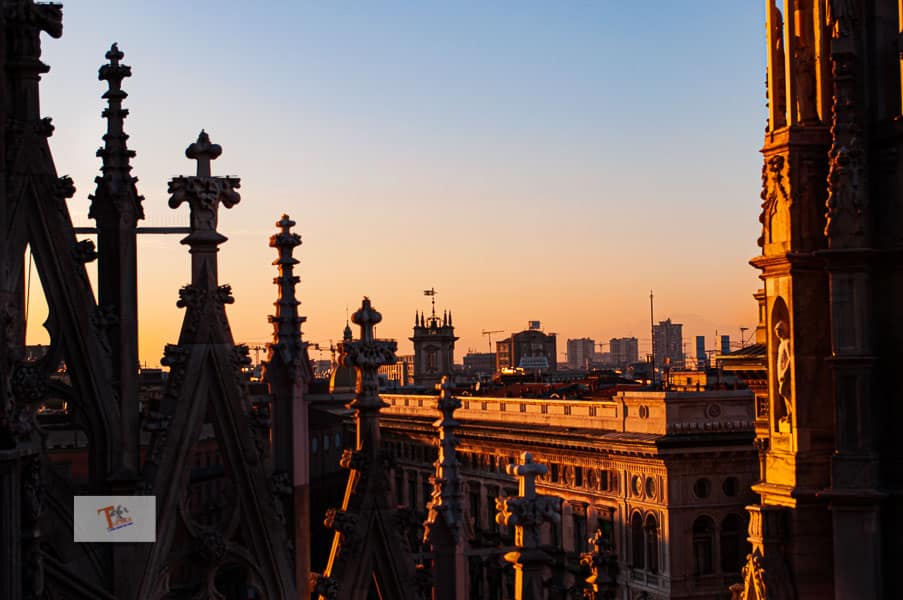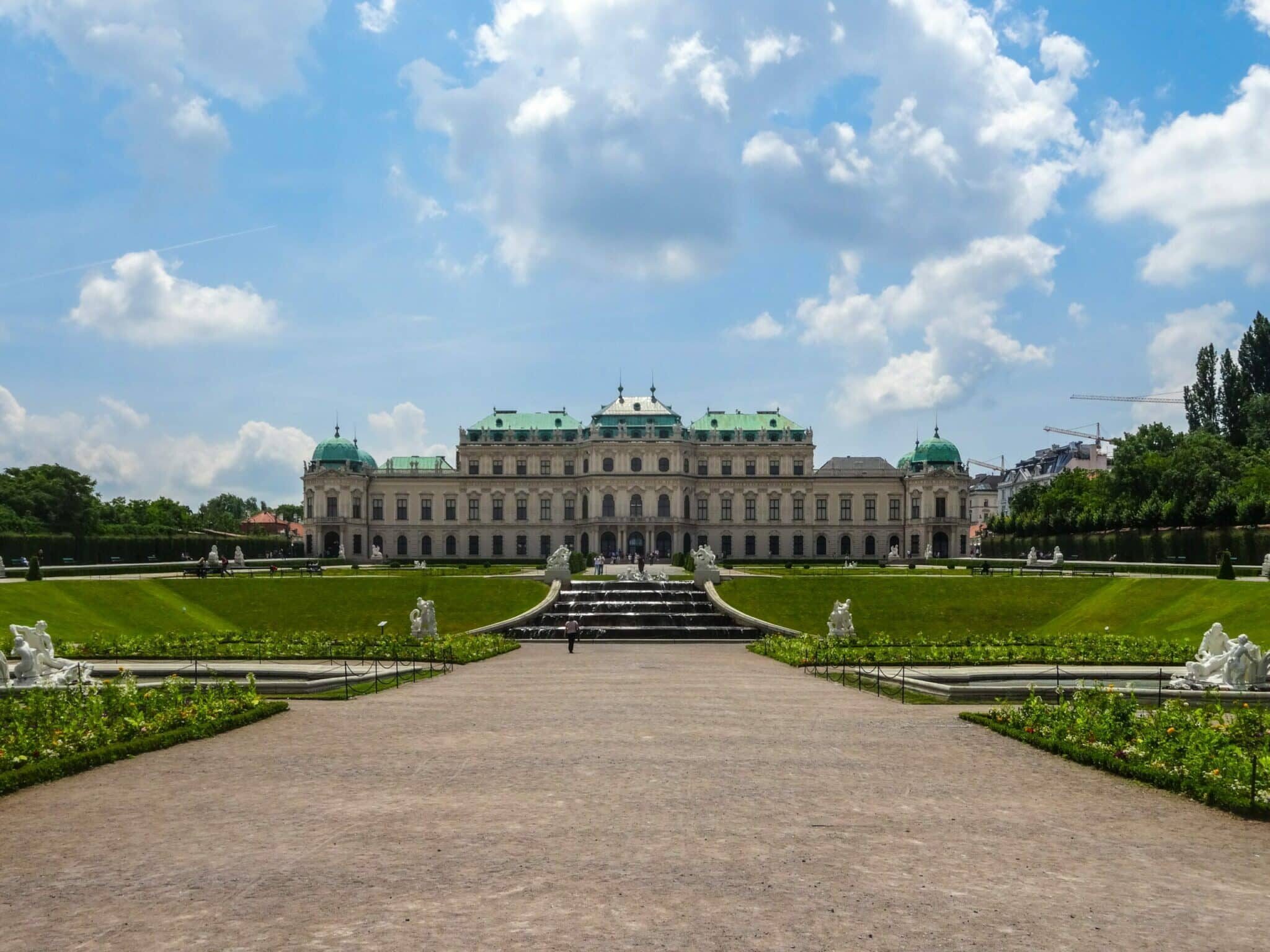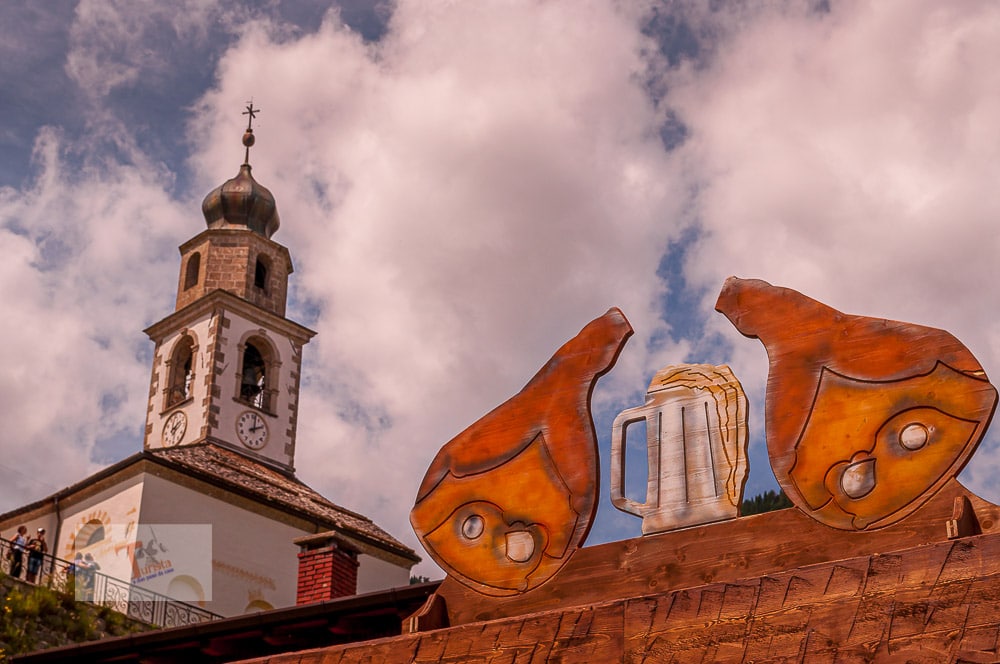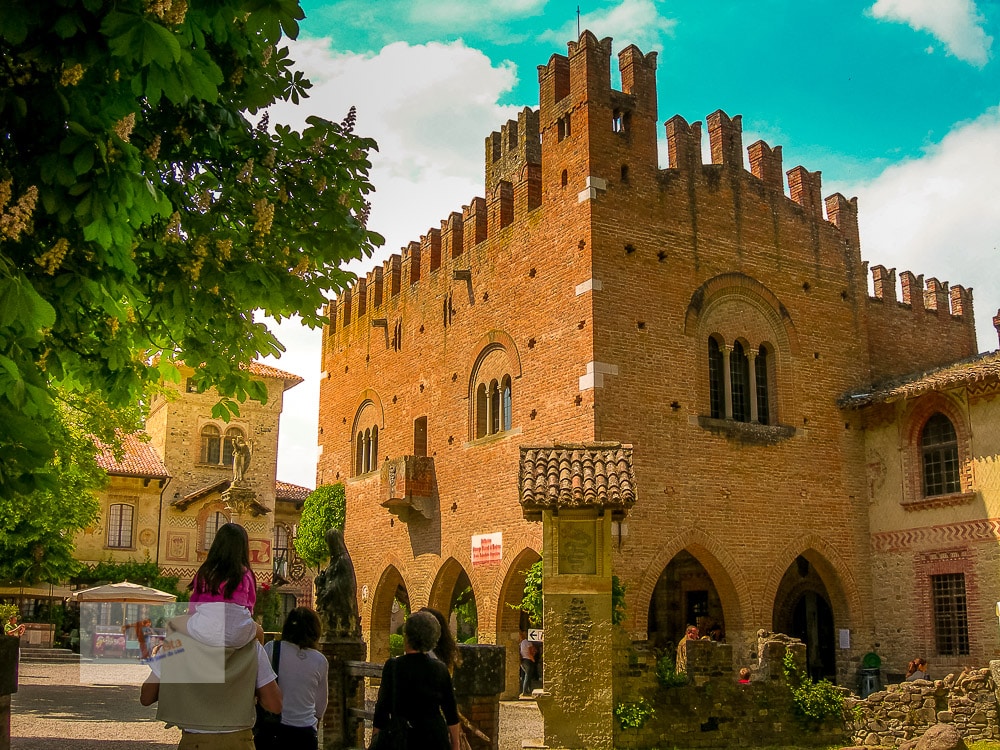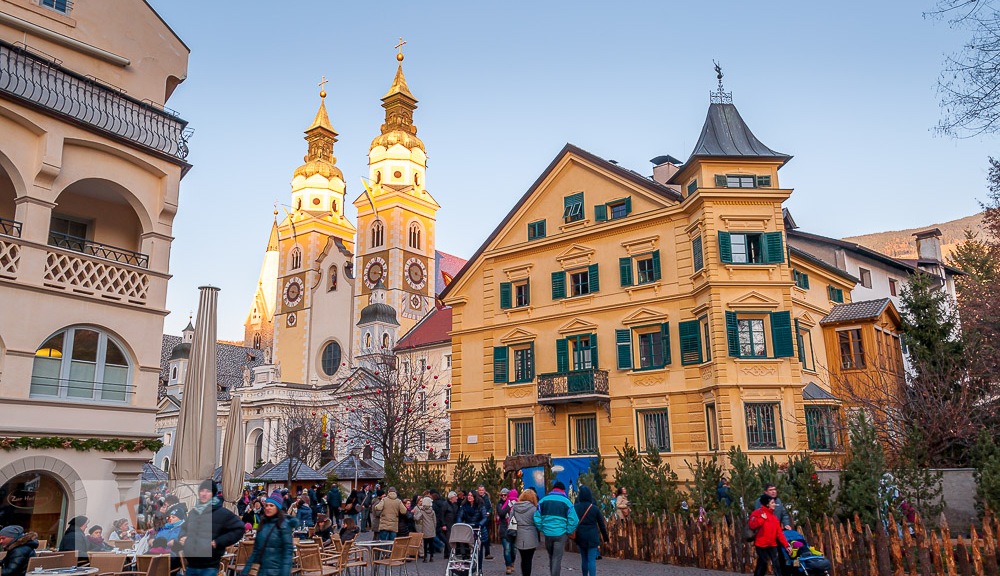An unexpected tour in Milan, among legends of witches burned in the square, the Devil and the Magi, a tour in Milan that you do not expect, between legends, often metropolitan or linked to monuments, between witches burned in the square, the Devil and the Magi.
Our tour starts from Via Giuseppe Ripamonti and from the church of Santa Maria al Paradiso . Here we find a round stone with 13 rays , a Celtic symbol that would represent the 13 lunations of the year and the number 13 is linked to the history of the city: the “tredesin de mars” is the traditional Milanese festival and is born from the memory of the announcement of Christianity to the city made by San Barnaba on 13 March 51. Some scholars believe that it was the saint who placed this stone in the central nave of the church.
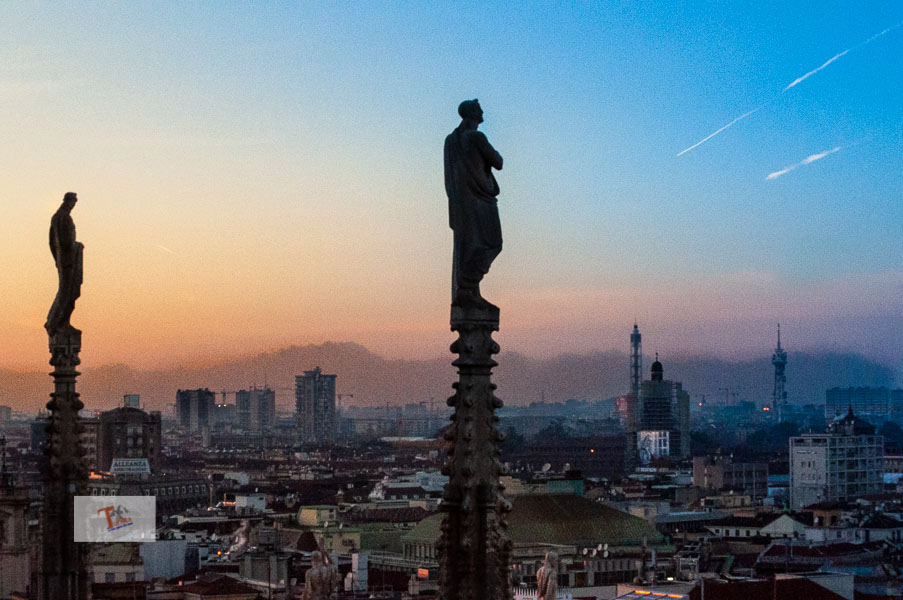
The first stone
Speaking of stones, in another corner of the city, Via San Vito, there is particular writing of probable north-Etruscan origin. We read Lepontius (from right to left) with reference to the Celtic people. It also reads: “24 miles from Mesoliano” Here is Mediolanum, the middle earth, the earth at the center of the world. A mystery.
The dome
As a mystery remains the legend of the lake under the Cathedral of Milan which would be a meeting place of a sect and would be reached through a tunnel that is not easy to identify. From the underground to the roof of the cathedral to discover the legend of Carlina, the ghost bride who would appear in some wedding photos taken on the door of the Cathedral and who, legend has it, would bring good.
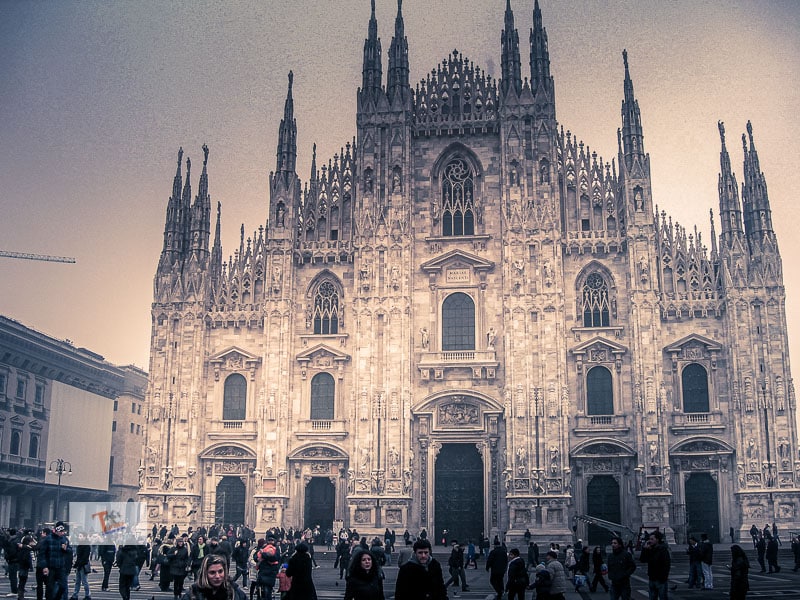
But who is Carlina? A girl from the province of Como who got married, made her honeymoon in Milan. The custom of the time required the young brides to dress in black to prevent the local feudal lords from demanding the ius primae Noctis.
It was not like that for her. Before marriage, she granted herself to a young foreigner and became pregnant. During the honeymoon with her husband (unaware of her situation) the couple visited the cathedral and she went up to the roof of the cathedral, it was October and it was a foggy day, she wanted to ask Madonna’s forgiveness for her betrayal, but the visibility was not of the best and rushed. The body was never found.
San Bernardino alle Ossa
The seventeenth-century chapel of San Bernardino alle Ossa is one of the most evocative places in Milan. It is internally decorated with bones and skulls that would belong to the victims of the plague, while others would be those of those sentenced to death. According to a legend, on the left of the altar, instead, an intact skeleton is buried which on the first day of November, All Saints’ Day, would be revived and, together with all the others, giving life to a macabre dance.
The Devil’s Column
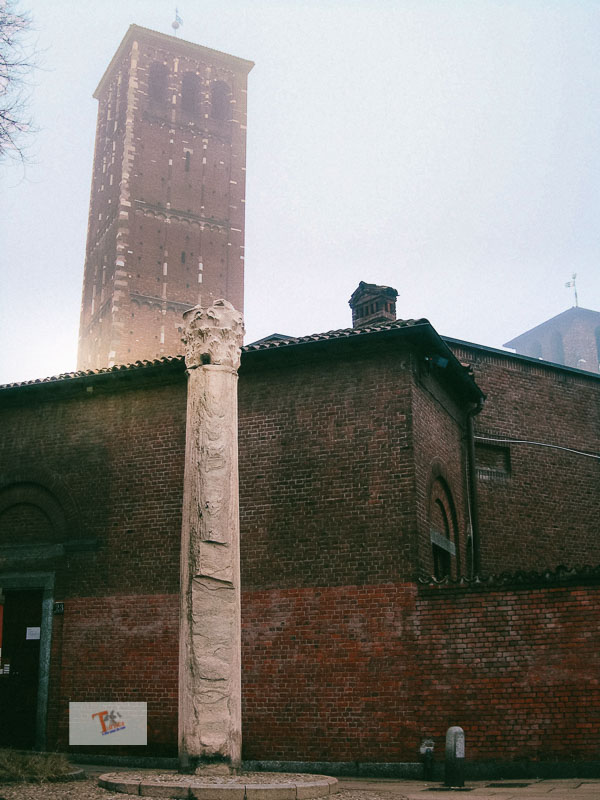
The second most famous basilica in Milan is that of Sant’Ambrogio or, the patron saint of the city. Not far from the church, here is a column, from the Roman era that was used for the conversions to Christianity of the pagan emperors. In this column, there are two holes at the bottom.
According to legend, the devil left them after a fight with Sant’Ambrogio. The two met one morning. Satan tried to persuade the patron of the city to give up his duty as bishop. Sant’Ambrogio at one point kicked the devil who banged his horns against the wall, getting stuck. It remained there until the next day when it mysteriously disappeared inside one of the two holes. Legend also has it that in winter, as you approach the column, you can smell sulfur.
The Brazen Serpent
Always remaining in Sant’Ambrogio, On another granite column, this time inside the basilica, you can see a bronze snake: the legend says that it was forged by Moses to defend his camp from the serpents of the desert . Arriving in Milan from Constantinople, the legend spread that anyone who touches it can recover from intestinal diseases. This will only happen until the day of judgment. Then the snake will crawl away.
The square of the witches
Not only devils but also witches and Piazza Vetra is famous in Milan. This is where the Holy Inquisition burned women accused of witchcraft. We are behind the Columns of San Lorenzo, and to access this square, where the executions of citizens condemned for various crimes were held until the mid-1800s, one had to cross the Ponte della Morte that spanned the Vetra canal (now buried). The documents of the Holy Inquisition, with the evidence of the burning of witches, plague spreaders, and much more were burned in 1788, in the cloister of Santa Maria delle Grazie.
The Three Wise Men
Milan is not just witches and demons, in the church of Sant’Eustorgio there is the tomb of the Magi. At least here some bones would be found, including two fibulae, a tibia, and a vertebra, which would have belonged to the Magi. The stone sarcophagus is located in the chapel dedicated to them and dates back to the late Roman Empire. According to tradition, it was Bishop Eustorgio who had them brought here because he wanted to be buried near them. Legend says that the church was built on the spot where the oxen pulling the cart carrying the sacred relics stopped and refused to go on. The relics of the Magi were stolen by Barbarossa, who took them to Cologne. In 1904 some fragments were brought back to Milan.
The Veiled Lady of the Sempione Park
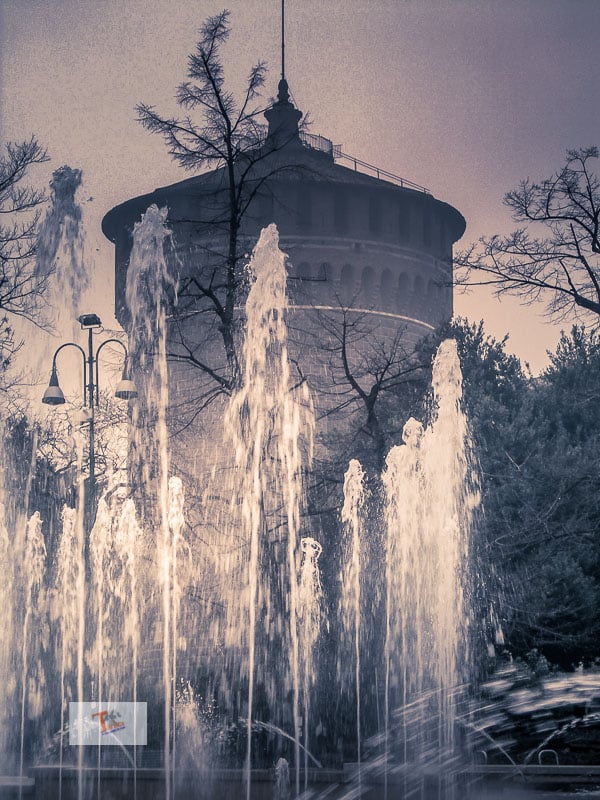
Even the Castello Sforzesco has its ghosts. Many women have lived here: Isabella d’Aragona, Biancamaria Scapardone, Bona di Savoia, Bianca Sforza, and the witch Isabella da Lampugnano, but the most mysterious is the Veiled Lady, the ghost of a woman dressed in black and with a veiled face that when appears leaves behind a scent of violet. This ghost would make men lose their minds who would fall madly in love with her and spend their lives looking for her.
The Little Mermaid Bridge at Parco Sempione
Speaking of loves and falling in love, not far from the Castello Sforzesco in Milan, a stream flows in the Parco Sempione, on which there is a small bridge known as the Ponte delle Sirenette, which is considered a magical place . At the two ends of the bridge there are four statues, the mermaids, in fact, one of these has a prosperous breast. Tradition has it that the boys, before a gallant meeting, touch one of the breasts of the statues as a propitiatory rite. But not only. Kissing under these statues is said to avoid a partner’s betrayal.
How do I get to Milan?
Milan can be reached by car from the A1, Naples-Milan, A4 Turin-Trieste motorways, from the A8, Varese-Milan and A9, Como-Milan motorways, and from the A7, Genoa-Milan. For those arriving by train, the reference station is the Central station.

